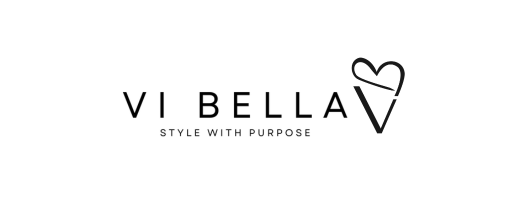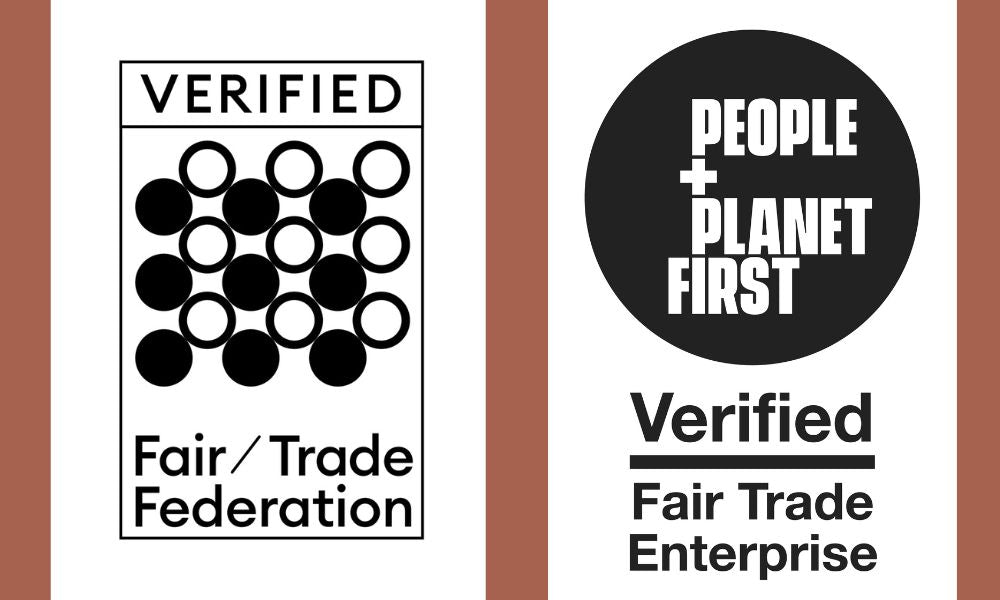At Vi Bella, we acknowledge the importance of shopping ethically. We value the opportunity to invest in products made with sustainable materials. Building an ethical wardrobe seems to be the way of the future, but many of us don’t know where to begin. We don’t think creating an ethical wardrobe that you love has to be difficult. It involves a series of small steps that can help you transform your wardrobe, one piece at a time.
Shop Thoughtfully
As we become more conscious consumers, more of us are seeking ethical buying options. Historically, we, as consumers, have been very disconnected to those who cut and sew our garments. Avoid shopping big brands with long supply chains and seek out brands that protect industry workers’ rights in factories that are producing their clothes. Look for brands that answer questions such as: who made my clothes? Are the workers paid a fair or better living wage? Where is my fashion coming from? Supporting brands that create sustainable jobs can have a big impact on poverty reduction. Of course you can shop Vi Bella knowing that you are shopping ethically. In addition, some of our favorite brands for shopping consciously are Trades of Hope, Noonday Collection, ABLE, Jackie V, Mercy House Global and Elegantees. There are also a handful of directories that have lists of sustainable and ethical brands that you can browse. We love Change the World by How You Shop and The Honest Consumer. These brands have done the research and hard work for you. All you have to do is shop, knowing that your purchase is making a positive impact.
Take Care of What You Have
Caring for the clothes you already own is the best place to start when building an ethical wardrobe. This is an easy strategy and can be relatively inexpensive. Throwing away clothes due to color fading or shrinkage creates unnecessary waste and harm to the environment. Following the instructions on the caretag will extend the lifetime of each piece and prevent you from having to replace items often. Before deciding to buy a piece, look at what the garment is made of and factor that into your decision making process.
Host a Clothing Swap
Throwing a clothing swap party is a fun and creative alternative to simply selling your clothes. Beyond being economical, eco-friendly, and an excuse to clean out your closet, it gives you a great opportunity to connect with friends and give back to your community.
Invite around eight to ten people and ask everyone to bring a set number of clean, gently used goods that they’d like to exchange. Organization is key to a successful swap. Use garment racks or a hung clothes line and have people take turns when shopping.
After the swap, make sure that the remaining pieces are brought to a good home. Goodwill and The Salvation Army are go-to options for furniture, accessories and large bags of clothing. We also love Dress for Success, an organization that accepts interview-appropriate attire for women.
Quality Over Quantity
Less is more. By spending more on quality pieces, you can create a solid foundation to your wardrobe, keeping longevity in mind. Quality investment pieces tend to last longer due thoughtful construction and higher quality materials. Shopping for well-fitted jeans, crisp button-up shirts or blouses, comfortable shoes and handmade accessories should all be done with quality in mind.
Go Thrifting
In an effort to combat fast fashion, thrifting is an environmentally friendly, ethical option where what was old becomes new again. Putting our creative abilities to the test, thrifting pushes us outside of the mall mentality and allows us to delve deeper into our personal style. Shopping in thrift stores allows us to think critically about how each piece will be worn and how it can be mixed and matched with pieces in our pre-existing wardrobes.
Learn the Basics of Repair
Learning to replace a loose thread or missing button can save you money and make your goods last longer. A simple sewing kit will have everything you need to fix a fallen hem or a button that’s popped off. Even if you’ve never sewed before, there are a slew of helpful online tutorials that can teach you everything you need to know.


